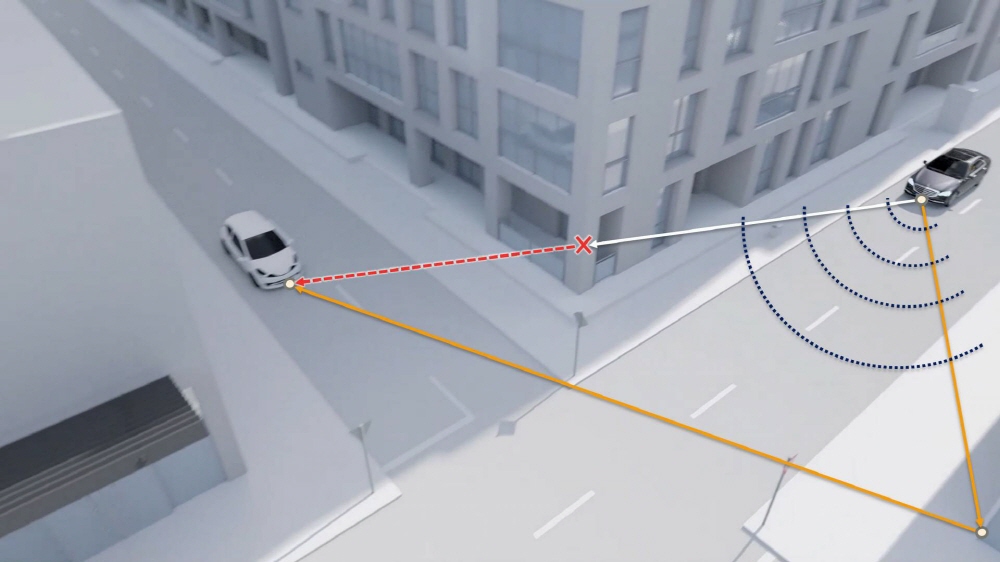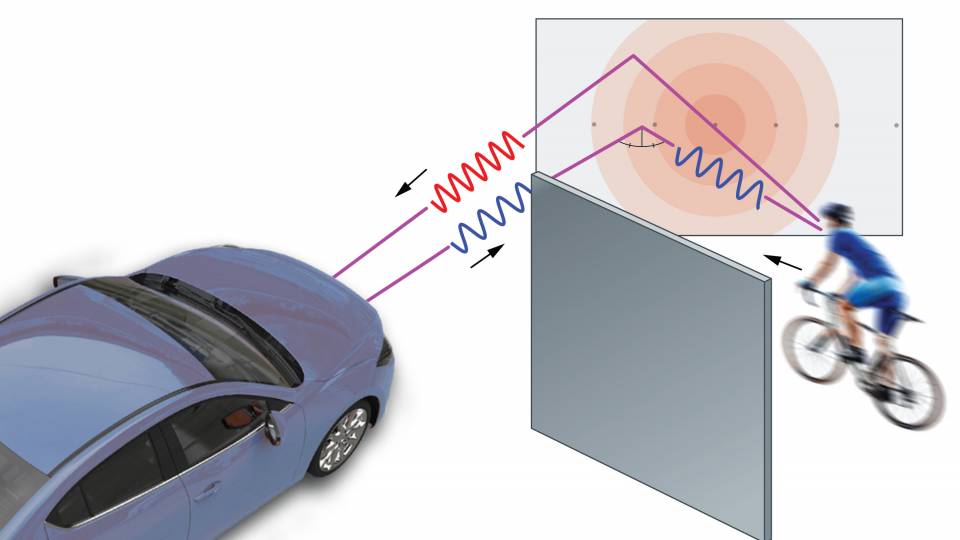
A research team at Princeton University is working on a Doppler radar that detects bicycles or cars coming from across walls or buildings.
Doppler radar is a technique that observes the frequency shift caused by the Doppler effect. It transmits radio waves around itself and detects obstacles in a position not visible from the return reflection. It is similar to how a bat emits ultrasonic waves and feels the distance, speed, direction and size of the target being reflected.
Recently, self-driving vehicles use neural networks to determine rider and camera images. However, they are excellent at ensuring the safety of visible areas, but they cannot be recognized beyond the corners. However, when equipped with a Doppler radar, it can detect pedestrians, bicycles, cars, etc. coming from intersections that are not visible in alleys or shades and warn the driver.

In this study, the reflected and returned radio waves analyze the existence and movement of objects with a new algorithm based on artificial intelligence. In addition, according to a research team at the University of Priston, Doppler radars are cheaper than Riders and can be mass produced. Prototypes at the present stage can only detect pedestrians and bicycles from small size, but as soon as they can make large things, objects as large as automobiles can be recognized.


















Add comment